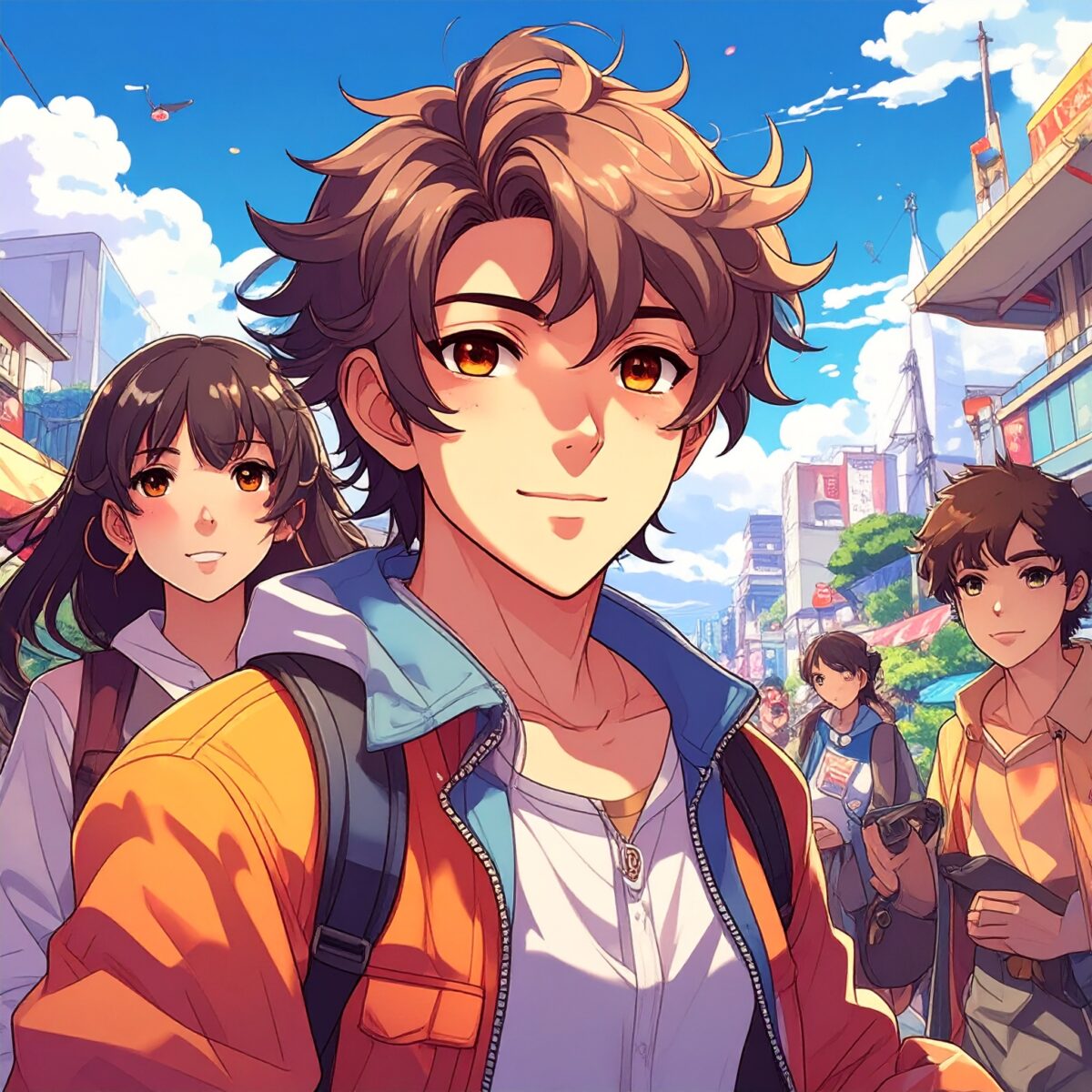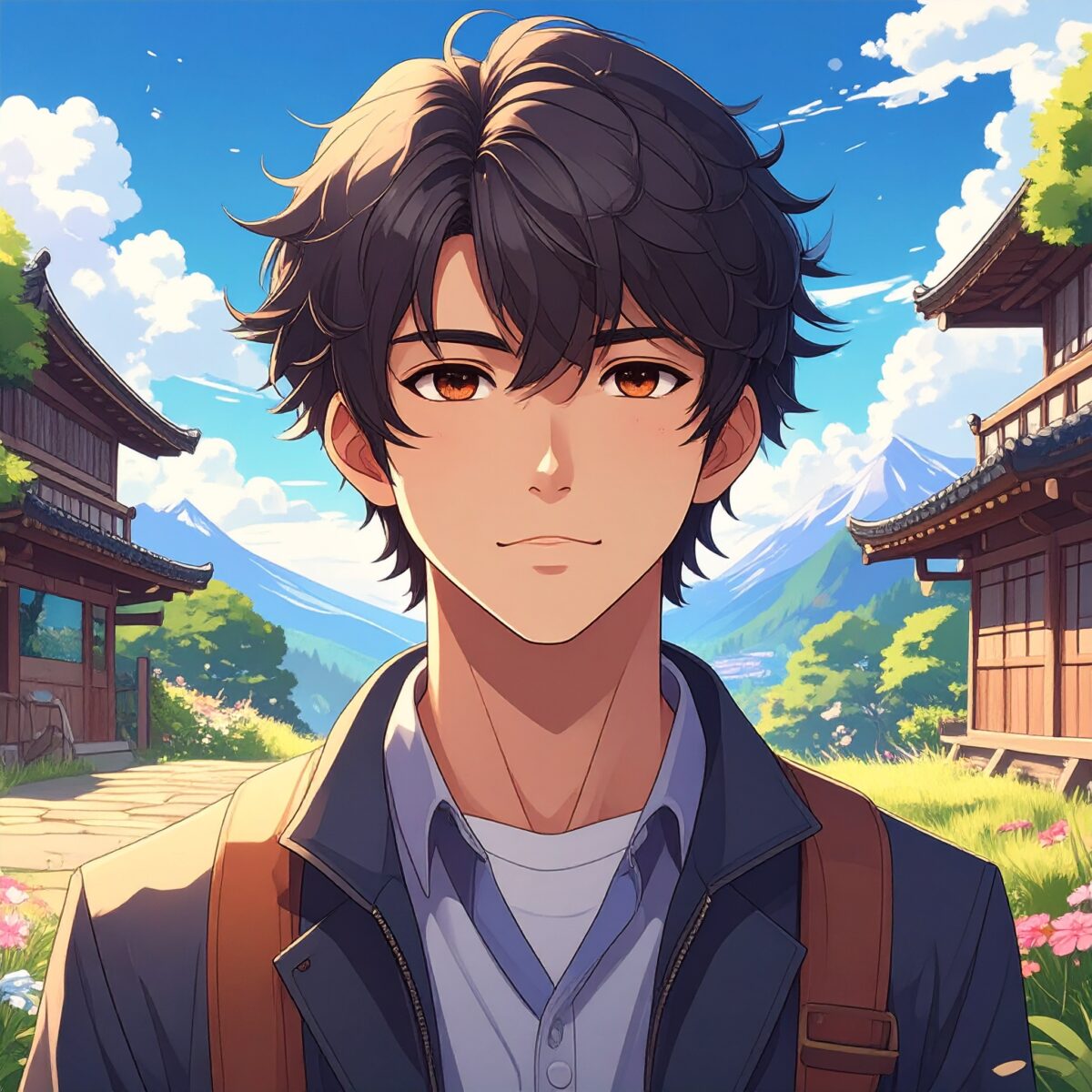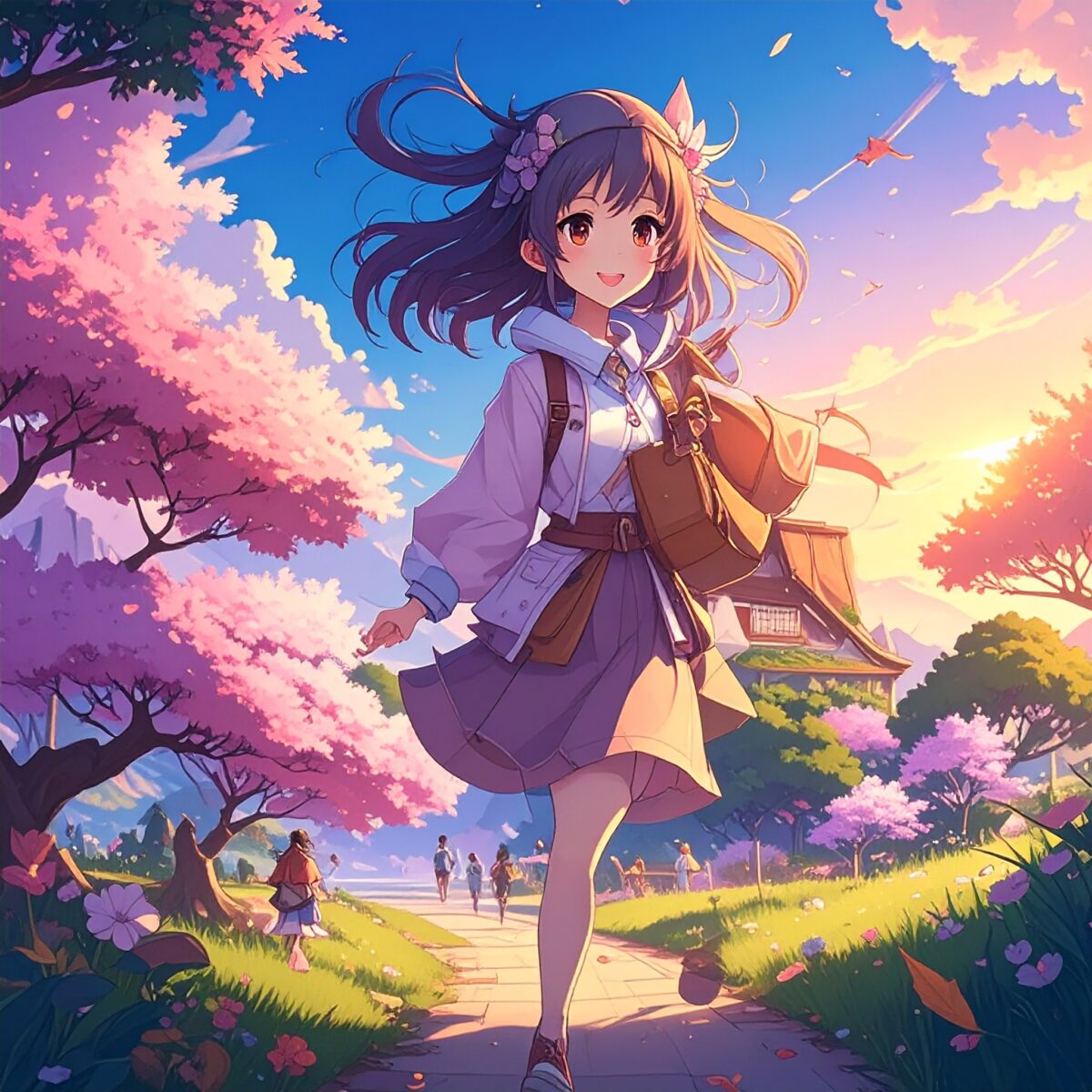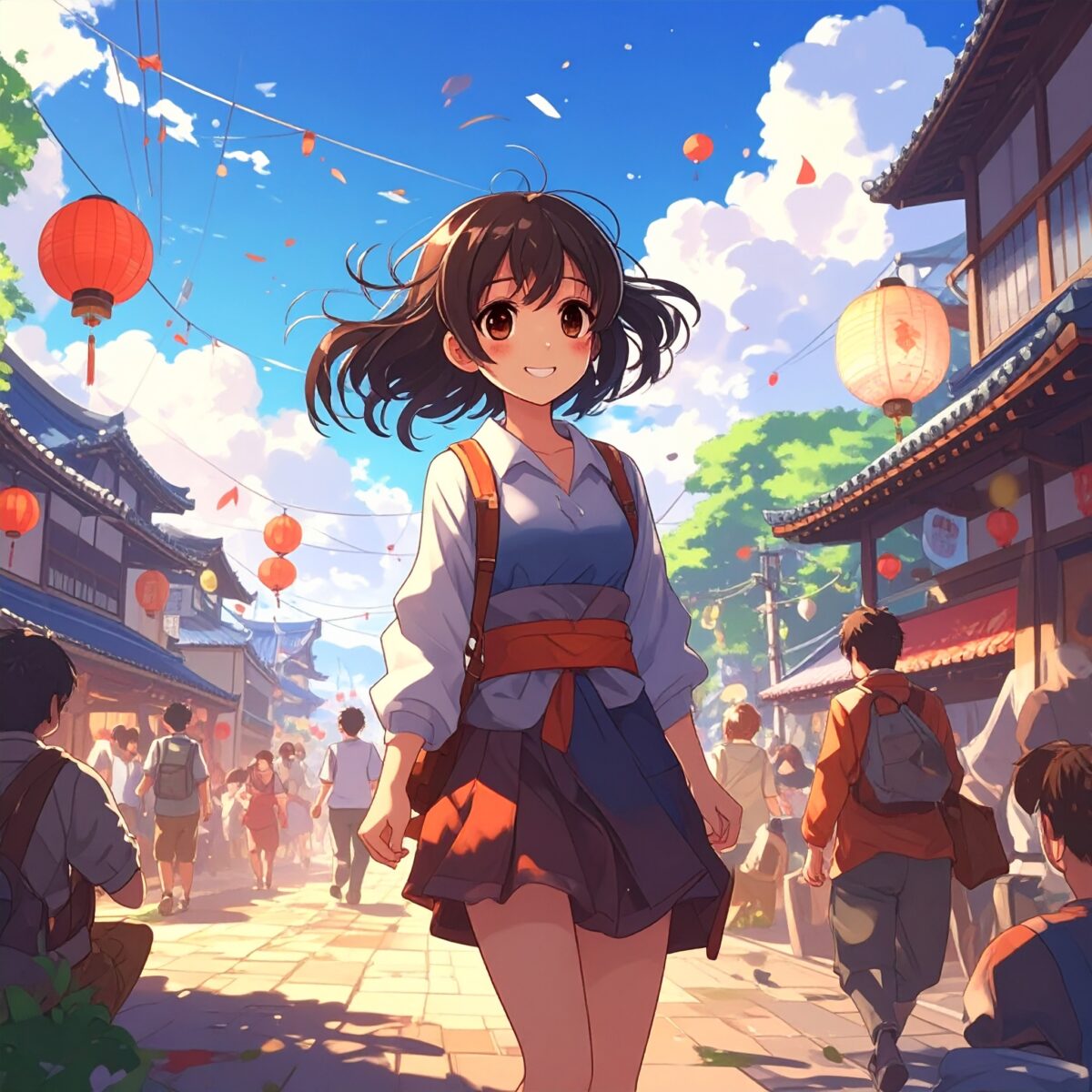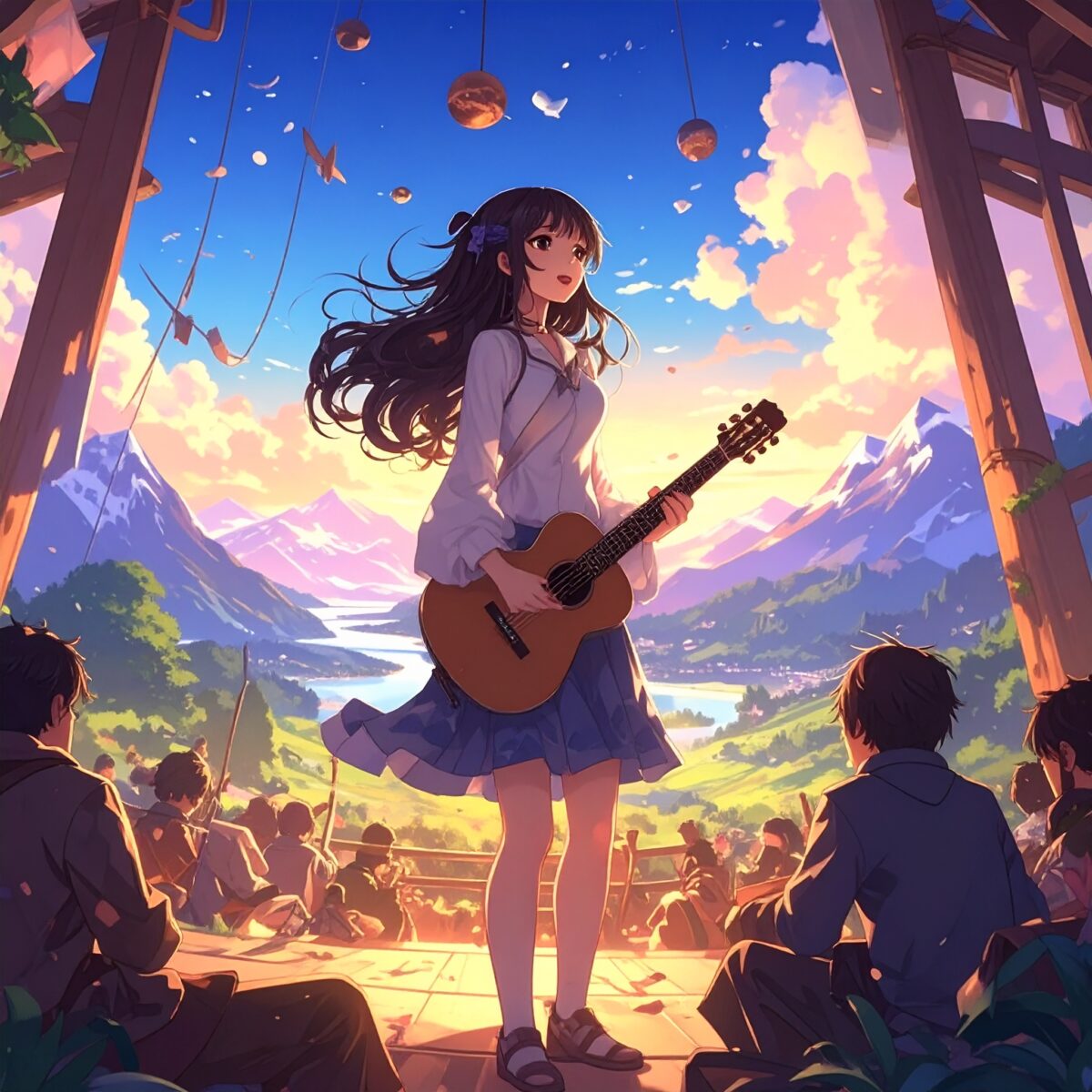Is Anime Japan’s Cultural Diplomat? — How Stories Cross Borders
One Day, a Boy Who Had Never Learned Japanese or Visited Japan Said, “Arigatou,” “Itadakimasu,” and “Baka Yarou.” The Reason? An Anime He Watched on Netflix. This kind of story is now being heard all around the world. Once, diplomacy was the domain of suited officials...
“Anime Pilgrimage” Powers Inbound Tourism — The Economic Impact of Anime-Driven Travel
Walking the Path of a Beloved Character, Breathing the Air of a Favorite Scene This is the dream that brings anime fans from around the world to Japan. Visiting the real-life locations that inspired their favorite series—a practice known as seichi junrei, or “anime...
“I Learned Japanese Through Anime” — The Gateway for Global Language Learners
“Konnichiwa,” “Arigatou,” “Ittekimasu,” “Baka!” — These Words Were First Heard Not in a Classroom, but in Anime Such voices from foreign learners are increasingly common today. Anime is no longer just entertainment—it has become the first encounter with the Japanese...
The Scenic Beauty of Studio Ghibli That Captivates Creators Worldwide – From Imitation to Admiration
Soft light filtering through a deep forest. The quiet passage of time in a tatami-mat room. A girl running through a windswept field, seen from behind. The landscapes depicted in Studio Ghibli films are serene, gentle, and profoundly nostalgic. These scenes, so...
Why “Cosplay” Became a Global Language — How Anime Connects People Across Borders
Today, the word “cosplay” is recognized across the globe—from English-speaking countries to Francophone and even Arabic-speaking regions. But it’s more than just dressing up; it’s a culture of connection—of becoming your favorite character and bonding with others...
Sailor Moon: The Eternal Heroine — The Global Revival of 1990s Anime
“In the name of the moon, I’ll punish you!” With this iconic catchphrase, Pretty Guardian Sailor Moon captured the hearts of girls around the world. First broadcast in Japan in 1992, this landmark title of 1990s shōjo anime now stands at the center of a global revival...
A New Global Map of Anime on Netflix — The Impact of Simultaneous Streaming from Japan
There was a time when Japanese anime reached overseas audiences only years after its original broadcast—dubbed into local languages and aired long after its domestic run. But that model has dramatically changed. With the rise of global streaming platforms like...
No-Face as a Symbol of the Modern Self? — Spirited Away Through the Eyes of Global Audiences
The mysterious character No-Face (Kaonashi) from Studio Ghibli’s Spirited Away (2001) has captivated audiences with its haunting presence. With a black, shadowy body and a white mask, No-Face begins as a quiet and seemingly helpless figure, only to gradually grow...
A World the World Wandered Into — The Soul of Japan in Spirited Away
Released in 2001, Studio Ghibli’s Spirited Away became a phenomenal success in Japan and resonated deeply with audiences around the world. In 2003, it was honored with the Academy Award for Best Animated Feature. But what the film truly portrays is not just visible...
From a Listening Culture to a Living Experience — Exploring Japan Through Traditional Songs
Often, it’s not just the sights that linger after a journey, but the melodies heard in passing—the songs woven in the local language that touch the heart. These sonic encounters become meaningful cultural memories. Recently, Japan's traditional songs—such as...
Preserving Before It’s Lost — Japanese Artists Abroad and Their Song Preservation Efforts
“Songs Are Living Things—If Not Passed On, They Fade Away” So says Mariko, a traditional Japanese singer based in New York. She is at the forefront of a growing movement to preserve and share Japan’s oral musical heritage. Through her international project, she...
A Spoken Word Tradition That Crosses with Rap — Edo Period Hauta Meets Modern Hip-Hop
The art of rhythmically expressing daily life and social commentary through words is not unique to hip-hop. In fact, this narrative style has deep roots in Japan’s own cultural history. During the Edo period, common people sang Hauta and Dodoitsu—short, witty songs...
Old Japanese Songs as Teaching Tools — Spreading Language Through Music in Asia
“Furusato,” “Akatonbo,” “Sakura Sakura”—these nostalgic melodies, paired with the soft cadence of the Japanese language, are now being used in classrooms across Asia as tools for Japanese language education. Through song, learners naturally absorb the rhythm of...
Listening to Japan on Vinyl — Showa-Era Sounds Sought by Global Collectors
Across the world, a growing number of international collectors are turning to analog records as a way to experience Showa-era Japan through sound. With the gentle drop of the needle and the distinctive hum of a spinning disc, vintage Japanese music is finding a new...
Sakura, Sakura in Translation — How Language Opens the World of Japanese Song
“Sakura, Sakura, across the spring sky, as far as the eye can see…” This timeless melody—instantly recognizable to nearly every Japanese person—has long been cherished as a traditional children’s song. Often sung at school graduations, choral performances, and...










